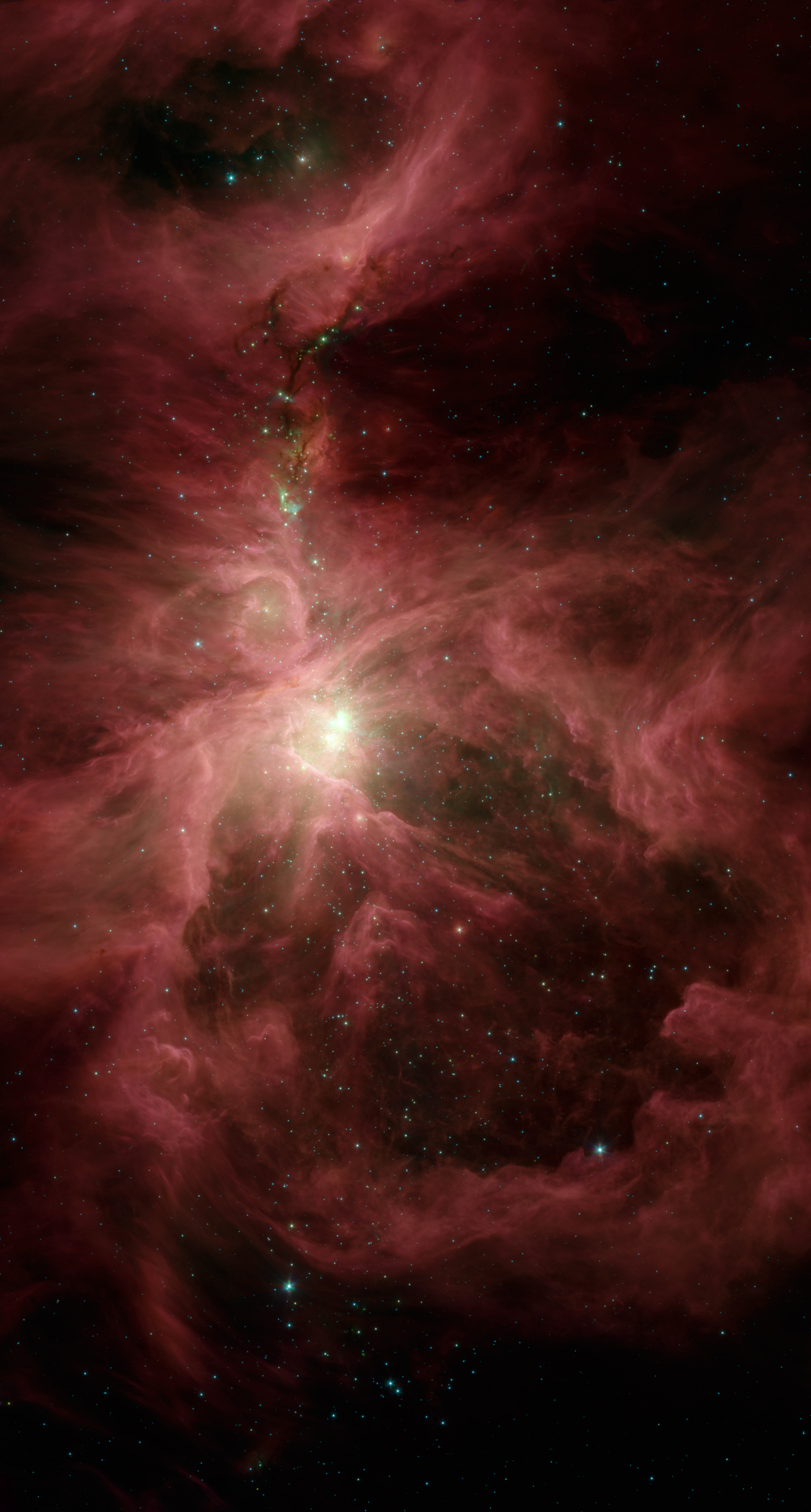APOD Entry #2 on "Bullet Cluster"
 Galaxy cluster 1E 0657-56, commonly known as the "Bullet Cluster," is 3.4 billion-light years away. It is a great galaxy cluster, as it provides evidence of "dark matter." Astronomers have calculated that, out of the total mass of the cluster, the visible portion does not add up to anywhere near the total mass. Ergo, there must be the elusive "dark matter." The dark matter was mapped through gravitational lensing of the background galaxies, which means that, due to the gravitational forces of dark matter, the light from the distant galaxies is bent slightly, thereby giving it a brighter appearance to our telescopes.
Galaxy cluster 1E 0657-56, commonly known as the "Bullet Cluster," is 3.4 billion-light years away. It is a great galaxy cluster, as it provides evidence of "dark matter." Astronomers have calculated that, out of the total mass of the cluster, the visible portion does not add up to anywhere near the total mass. Ergo, there must be the elusive "dark matter." The dark matter was mapped through gravitational lensing of the background galaxies, which means that, due to the gravitational forces of dark matter, the light from the distant galaxies is bent slightly, thereby giving it a brighter appearance to our telescopes.The Bullet Cluster was created when two smaller clusters collided. The dark matter is the blue hued section of the picture, and the red is x-ray emitting hot gas.
Dark matter is matter that we can prove through gravitional effects, but can not see on any known frequency of the electromagnetic spectrum. It is believed that dark matter is created from WIMPs and axions, neutrinos, dwarf stars, and planets deemed "MACHOs." It is more massive than visible matter. Most of dark matter is formed from an even more mysterious "dark energy," which, hypothetically, has strong negative pressure. This means that it works in opposition to normal conventions.

